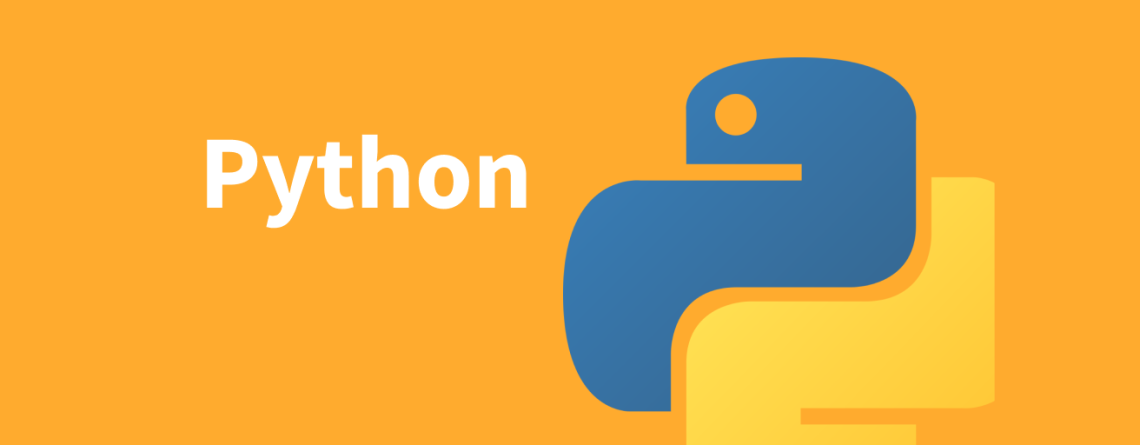Automate Everything Using Python
Learn all the cool things Python can automate with us. This article will cover some concepts regarding automation and use cases for this super language, whether you are an expert or a beginner.
Coders adore Python, we can say that without a shadow of a doubt. It consistently ranks among the most well-liked programming languages in surveys of developers. And it’s easy to understand why. It runs on practically every OS and platform and is simple, quick to learn, easy to read, and simple. This article will go over some cool Python automation techniques.
Is there anything that Python can’t do?
Python supports procedural, functional, and object-oriented programming, depending on what you find most appropriate. It has built-in garbage collection to keep your system resources organized, uses dynamic typing (also known as duck-typing) for intuitive coding, and more. What’s not to love when it also includes a thorough and trustworthy standard library?
There has been Python for more than 30 years. Its design ethos was founded on simplicity and usability from the beginning. In order to keep code visually clear, easy to read, and better to share, it uses whitespace and English keywords rather than punctuation and symbols to identify syntactic structures.
Python’s variety of modules contribute to its extensive extensibility. The Python Package Index, which currently has about 400,000 projects, is the official source for these. These libraries cover a wide range of applications, including machine learning, statistical tools, image editing, NLP, and a tons more.
The language that powers well-known frameworks like Django and Flask, Python, is a well-known player in the world of web applications.
Python for automation?
But Python is capable of so much more. Large and small automation tasks can both benefit greatly from it. Python’s adaptability allows it to handle issues of all sizes, from large, complex apps to small scripting utilities. As a result, it can quickly replace tools like bash scripts, AppleScript, or Windows batch files for automating routine administrative tasks like file conversion, backup, disc monitoring, and other similar tasks.
Of course, there are a lot more intriguing uses than that. So as to whet your appetite, we’ve compiled a list of some awesome Python automations.
Automation on Games
Given the difficulty of some contemporary games, automation may appear to be a pretty impossible task. However, all games have a fundamental element of logic, giving you something to strive for. In addition, games for mobile devices might be much easier. In fact, by starting small, you can gain control over your methods, opening up the possibility of automation for more visually and logically challenging games.
Python’s user-friendly interface makes it simple to script game interaction. You can easily communicate with a simulated host device running gaming apps using the command line debugging interfaces offered by platforms like Android. Python supports a variety of adb client libraries, enabling you to issue input commands like taps and swipes as well as monitor and examine Android screen output. By keeping an eye on important pixel values, you can predict how the game will behave and then prompt the appropriate input to complete tasks.
How come you would want to do this? To get to the enjoyable parts of the game, you might need to top the leaderboard or pass challenging or laborious game stages. More importantly, by automating testing procedures, these techniques can reduce the burden placed on QA engineers by eliminating the need for tedious and error-prone end-user testing. Of course, game automation can be fun on its own as a coding challenge.
Of course, Android isn’t your only option. In order to create your game-playing engine, you can also find libraries for desktop systems (such as PyWin for Windows) or browser-based interactions.
Content Automation on Social Media
Social media is widely used on the internet. Consider the content on YouTube. It may be instructive or entertaining from the user’s point of view. However, it is also very marketable. Individual content producers can profit from YouTube’s revenue-sharing system provided they receive views from viewers. Ad revenues from YouTube clips are a significant source of profitability. Fresh content is therefore essential, but producing content can take time.
Automating content creation is one remedy. Once more, Python makes tasks of this nature much simpler than they might initially seem. You can quickly complete a variety of UI tasks for video creation that you would otherwise have to do by hand with tools like PyAutoGUI. Using any desktop editing program of your choice, you can program operations to arrange clips, composite elements, and perform post-processing as you see fit.
You can also simulate web browser interactions and download content for sources using tools like Selenium, for which Python has well-developed bindings. The easiest part of the process is probably uploading to YouTube once production is complete, so you can maintain the quality of your channel without having to do anything at all!
Not just YouTube, either. Similar methods can be used to automate content creation for a variety of other social media channels. Python integrations for platforms like Facebook, Tiktok, Instagram, and others are simple to find.
eCommerce sites’ Tasks
Python automation has many benefits for businesses. Automation, which streamlines processes and boosts productivity, is a key component of today’s digital approach to commerce. Although there are software packages for some of these tasks, learning a flexible language like Python and using it can actually be much easier and faster.
Both email marketing campaigns and social media posts are essential for building brand awareness. More specifically, Python can be used to automate routine and occasionally monotonous tasks for eCommerce sites. Targeting that uses customer databases improves product recommendations and marketing via email or social media. Using Python tools like pandas and NumPy can make data analysis easier. Furthermore, Python’s statistical tools are also well suited to a wide range of other business tasks.
Automate a Financial Reporting
Although automating accounts might not seem exciting, the time and effort it could save you is actually pretty cool. One of the best things about Python is that you can connect it to a wide variety of platforms or applications thanks to its large library of modules. Excel is one of them.
Even though Excel is frequently disliked and frequently used improperly, it continues to be the most popular tool for handling finances and accounts. Although there are many different Python libraries available, Mito is one of the most complete. You can organize and process data using Mito, and then create summary sheets. Python has you covered if you want to create data visualizations, with Matplotlib and Seaborn providing scalable options.
Voice Assistants Automation
We’re all familiar with voice-activated systems like Alexa and Siri, but what if we want to create our own? Python is a great language to work with if you’re concerned about the potential for surveillance that comes with packaged voice assistants, want more flexibility, or just enjoy the challenge of coding.
For starters, you can convert audio files into text using Python’s Speech Recognition API. With textual input, a vast array of processing options become available. You could recognize basic commands and give networked systems or devices instructions. As an alternative, you could try Python’s natural language toolkit if you want to dabble in natural language processing (NLP) (NLTK). From this point, you can begin developing automated systems for chatbots, machine learning, spam detection, and text classification.
You won’t be surprised to learn that Python also allows you to use text-to-speech (TTS) systems. All that stands between you and your own Python robot when speech is used for input and output is a little communicative logic in the middle.
Automate your Cryptocurrency Trading Bot
First, a warning: cryptocurrency is very volatile, so you should probably only try it for fun. However, the fact that you can try this out offers an intriguing window into how far financial technologies have advanced. Additionally, Python makes it simple to code your trading algorithms and manage input and output transactions.
We won’t offer trading strategy recommendations here, but regardless of the strategy you go with, keeping an eye on current trends is probably crucial. Here, you can find a number of useful Python libraries, including Pytrading. If you want to take the plunge, you can use these tools to interface with cryptocurrency markets and compare recent and historical prices!
Conclusion
As you can see, Python offers a wide range of options and tools for automating your workflow. While it may still be regarded by some as an introductory language because it is simple to understand and learn, it also unlocks a wide range of fantastic capabilities. Python is used for creating APIs and web development in addition to data analysis and machine learning. Try it if you can and learn about all the cool things you can do with this programming language.









Leave a Reply